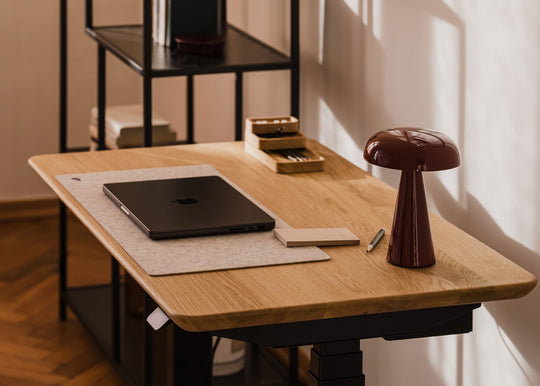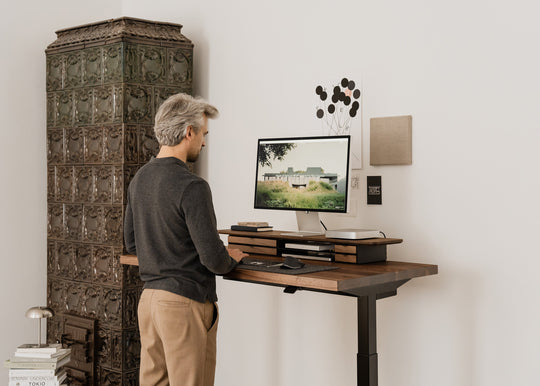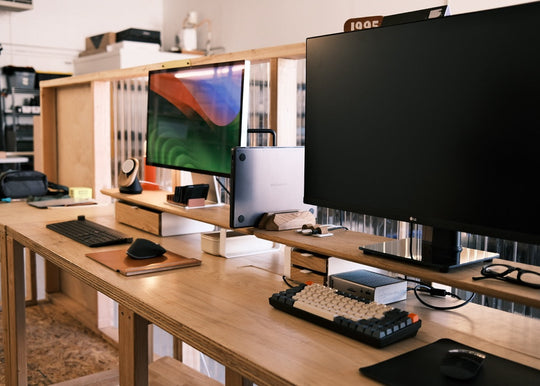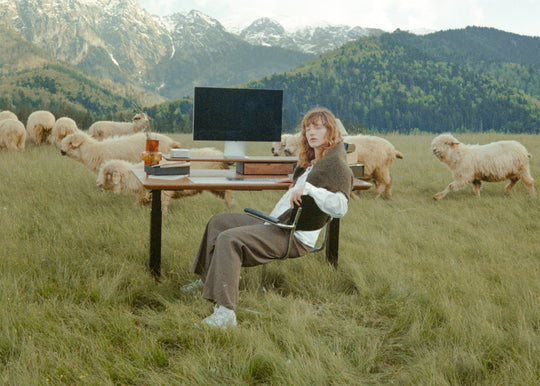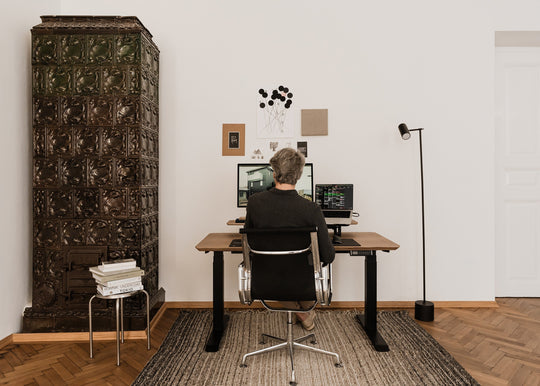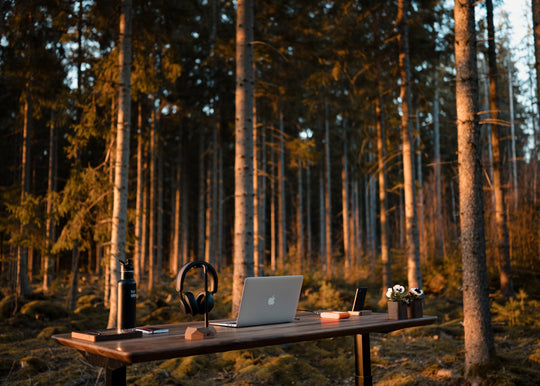
The art of taking a break: how, when, and why to rest
There’s a moment – you probably know it well – when you’re sitting in front of your computer, the screen is glowing, the cursor is blinking, your coffee’s gone cold… and you can’t remember what you were supposed to be doing. Your back is pleading for mercy, your eyes crave the green of trees, and your mind is calling for peace. This isn’t laziness. It’s not a coincidence. It’s your body and brain telling you: it’s time for a break. Not a scroll-through-Instagram kind of break – a real one. Because rest isn’t a luxury. It’s a survival skill.

Why working without breaks doesn’t make sense
Breaks aren’t a sign of slacking off. In fact, not taking them is often a sign of poor time management. Your attention is like a battery – it works for a while, then drains faster than you expect. Psychologists call this the vigilance decrement: a decline in focus over extended periods of concentration. A short break can interrupt that decline and help recharge your mental batteries.
When you pause, your brain switches off “focus mode” and shifts into a more relaxed, scattered state – an ideal ground for creativity. That’s why great ideas often come when you're not actively chasing them. Plus, breaks reduce decision fatigue and help you tackle daily problems with fresher eyes.
Skipping rest leads to mental burnout. When you push through without pause, you enter a state of chronic stress that not only sabotages your work, but your life – diminishing focus, killing creativity, straining relationships, and taking a toll on your health.
And it’s not just mental health. A sedentary job without breaks can increase your risk of type 2 diabetes, cardiovascular disease, and obesity. Yes, a height-adjustable desk helps by encouraging posture changes – but even then, breaks to move your body are essential.
Smart break planning
In music, a pause is as important as a note – it’s part of the rhythm. Breaks at work should follow the same logic. One smart strategy is the 3M Break System:
- micro-breaks: 5-10 minutes every hour – step away from the screen, stretch, grab a drink;
- meso-breaks: at least one to two hours of “you time” every week – whether it's a walk in the forest, a home spa, or diving into a hobby;
- macro-breaks: once a month, ideally a full day or weekend completely off: no computer, no emails, no unfinished tasks – just reset.
Learn more about the 3M break system.
Another useful method is the Pomodoro Technique: working in 25-minute sprints followed by 5-minute breaks.
Regardless of your system, try to carve out at least one longer break each workday – 15 to 30 minutes to eat lunch, take a walk, or chat with someone. If you’re in a flexible or creative role, a longer midday pause (even 1–3 hours) might be ideal. On the flip side, if you're in a creative flow, don’t interrupt it just because your schedule says so. Finish the task, then reward yourself with a proper break, or end your day a bit early.

What to do during a break – and what not to
Planning valuable breaks isn’t only about scheduling them. It’s also about deciding how to spend that time. Even if it’s just five minutes, be intentional. You don’t need a strict itinerary – just a sense of what truly helps you relax.
✅ DO |
❌ DON’T |
|
|
|
A rested body doesn’t fear challenges. A spacious mind creates better. Breaks can be one of your most powerful rituals – an act of self-care and self-respect. In an era of digital saturation and relentless productivity, it's worth remembering: you’re not a machine. And even if you feel like one… remember: even machines have downtime.


